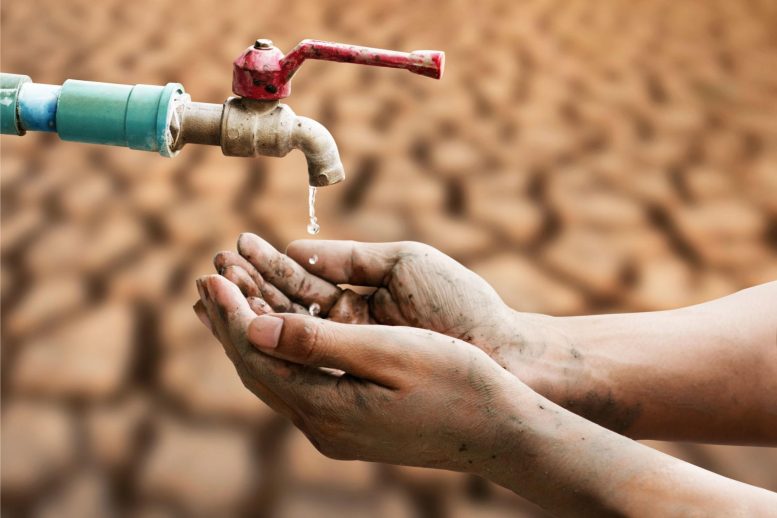Researchers from Utrecht University have uncovered that heatwaves have a more pronounced effect on sectoral water usage compared to droughts. By analyzing data from the last 30 years, they found significant variations in water consumption patterns across sectors and regions in response to extreme weather events. These findings underscore the need for more detailed water usage data, especially from under-researched regions, to enhance global water management strategies in the face of climate change.
Rising global population and more frequent extreme weather events are putting our water resources at risk. However, there’s a limited understanding of how different sectors use water during drought-heatwave events, especially on a broad scale.
To address this gap, a team of scientists from the Department of Physical Geography at Utrecht University studied how sectoral water use is affected during droughts, heatwaves, and compound (combined) events worldwide. Their research, published in Environmental Research Letters, reveals that stronger sectoral water use responses are found for heatwaves compared to impacts during droughts.
Key Research Findings
The research is the first global study quantifying on sectoral water use responses under extreme droughts, heatwaves, and compound events. Sectoral water use responses are understood as how the water use practices of sectors (namely domestic, irrigation, thermoelectric energy, manufacturing, and livestock) are affected by the occurrence of droughts, heatwaves, and compound events, which could lead them to increase or decrease their use of water or to show no particular reaction to these hydroclimatic extremes.
A large amount of data on sectoral water use at global, country, and local scales during the last 30 years was analyzed. “We focused on the water used by various sectors, namely irrigation, livestock, domestic, energy, and manufacturing because we expected particular responses to the occurrence of different extreme events,” says Gabriel Cardenas Belleza, PhD candidate at Utrecht University and lead author of this publication.
Sectoral and Regional Variances
The analysis shows that extreme events over the last thirty years had substantial impacts on water use patterns, but these responses highly differ per sector and region across the world. “Socio-economic factors and public water management plans strongly influence water use responses, and even more so during extreme events. For instance, while the Western continental United States decreases its water use during extremes, the central US increases it,” says Cardenas. In addition, the results reveal that the domestic and irrigation sectors, in general, have the highest priority for water use worldwide, however, stricter measures are taken in favor of the domestic sector during extremes.
The analysis also shows that heatwaves and compound drought-heatwave events overall have stronger impacts on water use in comparison to solely droughts. “Heatwaves and compound events can lead to higher water use as a consequence of the temporary increase in water demand under high temperatures, which can still be satisfied due to the short duration of such extremes, compared to longer-lasting events like droughts,” says Cardenas.
Future Implications and Needs
The results of the study demonstrate the urgency to collect more water use data to better understand the implications of extreme events and climate change on different water use sectors and for improved assessments of future water scarcity. “Our research provides a first step to evaluate multi-sectoral water use behavior during extremes. However, more local-scale information from data-scarce areas, like Africa and parts of Asia and South America, is needed to better understand sectoral water use behavior and improve water management strategies.”
Reference: “Sectoral water use responses to droughts and heatwaves: analyses from local to global scales for 1990–2019” by Gabriel A Cárdenas Belleza, Marc F P Bierkens and Michelle T H van Vliet, 10 October 2023, Environmental Research Letters.
DOI: 10.1088/1748-9326/acf82e
>>> Read full article>>>
Copyright for syndicated content belongs to the linked Source : SciTechDaily – https://scitechdaily.com/are-we-running-out-of-water-scientists-unravel-the-global-impact-of-droughts-and-heatwaves-on-water-use/


















![[News] Japan Develops 10nm Nanoimprint Technology, with Potential to Tackle EUV Bottleneck – TrendForce](https://earth-news.info/wp-content/uploads/2025/12/329851-news-japan-develops-10nm-nanoimprint-technology-with-potential-to-tackle-euv-bottleneck-trendforce-360x180.jpg)












